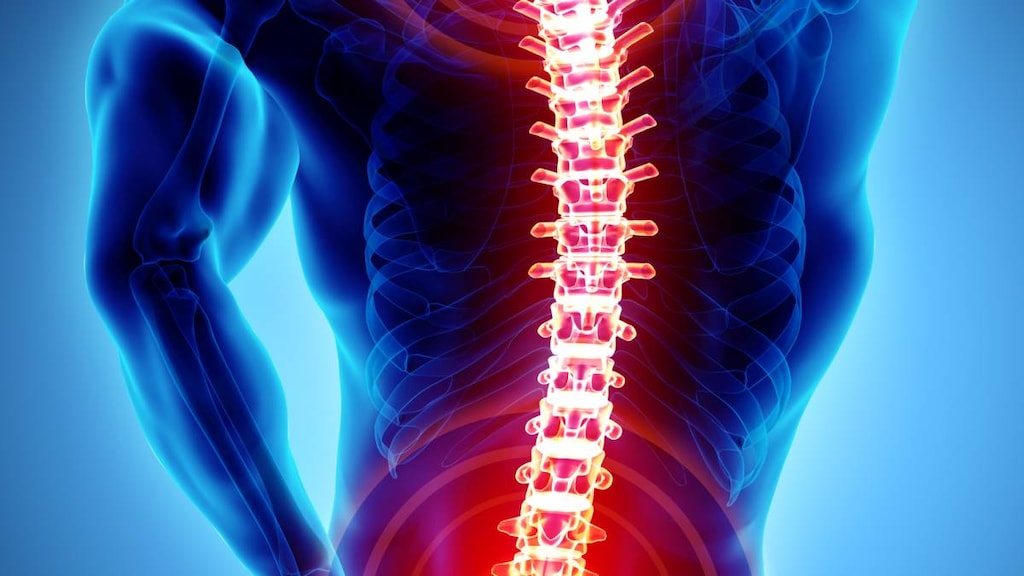What are the stages of rheumatoid arthritis?

Rheumatoid arthritis can be divided into four stages of disease progression: the early stage, the moderate stage, the severe stage and the end stage. Rheumatoid arthritis can be a perplexing condition, with disease progression (stages) varying markedly from patient to patient and symptoms tending to come and go.
Stage 1: The early stage
Early stage rheumatoid arthritis often causes joint stiffness, swelling and pain, as well as fatigue. The key to alleviating these symptoms and preventing damage to the joints is to address inflammation as quickly as possible.
Your healthcare provider may prescribe steroids along with a disease-modifying antirheumatic drug (DMARD) for this purpose. DMARDs can help prevent irreversible damage from happening to your joints, as well as slow down the advancement of rheumatoid arthritis. Methotrexate, a drug originally created to treat cancer, is the DMARD most often used to treat rheumatoid arthritis.
If you are a smoker with this disease, it is important that you kick the habit, as it can interfere with treatment.
Weight loss can also help with, as excess weight places stress on the joints. Choosing certain foods that may help reduce inflammation — such as some Mediterranean diet staples like fish, whole grains and fresh fruits and vegetables — can also help.
Stage 2: The moderate stage
During the moderate stage of rheumatoid arthritis, damage to the cartilage begins to take hold, causing issues with mobility and range of motion. As in the early stage, another problem in the moderate stage is fatigue.
If the treatments used to address the early stage of this disease prove ineffective at the moderate stage, your healthcare provider may recommend steroid injections or biologic DMARDs, which are drugs that employ proteins to suppress your immune system response. However, it’s important to note that biologics can have significant side effects, such as increasing infection risk.
Exercise also becomes an important part of your treatment at this stage, as it helps to control or possibly even prevent any muscle weakness caused by compromised joint mobility associated. As a result, once pain has been alleviated, exercise may become a more integral part of your treatment plan. You may also benefit from physical therapy sessions before moving on to exercises designed to strengthen your muscles.
Stage 3: The severe stage
In the severe stage of rheumatoid arthritis, inflammation has eroded the cartilage surrounding the affected joints and begun to erode the bone. This may cause additional swelling and pain, reduced mobility, further weakening of muscles and the development of joint deformities.
Deciding what type of treatment will be most effective can be difficult at the severe stage because it is hard to tell whether the pain is caused by inflammation or damage to the joints. As such, treatment varies from person to person at this stage.
Your healthcare provider may refer you to an orthopedic surgeon if he or she suspects that joint replacement is necessary. In some cases, tendon reconstruction and/or joint fusion (arthrodesis) may be required.
Some patients may even benefit from cognitive behavioral therapy to pinpoint what is causing flares, as well as identify coping mechanisms to improve quality of life.
Stage 4: The end stage
In the end stage, much of the inflamed tissue surrounding the affected joints has completely eroded away, and bone has eroded as well. The joint no longer functions. There is pain, and mobility is compromised.
In terms of treatment, controlling pain is the most important factor. Many patients benefit from pain killers, muscle relaxers and even mild doses of antidepressants — or a combination of these treatments.
In some cases, the medical team may recommend joint replacement to bring back mobility and minimize the need for painkillers.
Bottom line
Each patient experiences rheumatoid arthritis differently, so your treatment will be tailored to your unique condition. You may stay in a stage for many years, or progress more quickly. Treatment options can help to delay its progression.
Article references
- Rush University Medical Center. Treating Rheumatoid Arthritis: What to expect during the different stages of rheumatoid arthritis. Available at: https://www.rush.edu/health-wellness/discover-health/rheumatoid-arthritis-treatment. [Accessed August 12, 2020].
- Rheumatoid Arthritis Support Network. RA Progression: What are the Signs of Rheumatoid Arthritis Progression? Available at: https://www.rheumatoidarthritis.org/ra/symptoms/progression/. [September 1, 2020].
- Arthritis Foundation. Rheumatoid Arthritis. Available at: https://www.arthritis.org/diseases/rheumatoid-arthritis. [Accessed September 1, 2020].
- Arthritis Foundation. Foods That Can Help RA Symptoms. Available at: https://www.arthritis.org/health-wellness/treatment/treatment-plan/tracking-your-health/foods-that-can-help-ra-symptoms. [Accessed August 18, 2020].




